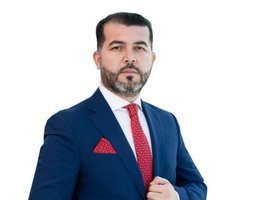Dubai’s ever-evolving infrastructure plays a major role in shaping property investment trends. Homes and commercial spaces tend to rise in value when they’re linked to robust Dubai infrastructure, including transport, utility, and lifestyle facilities.
The property market flourishes with every new airport, metro line, or community upgrade. In 2025, these developments are set to redefine the investment landscape for real estate buyers and investors alike.
This guide will take you through the impact of Dubai’s infrastructure on property investment, giving you more exposure to the market dynamics.
- Why infrastructure fuels the growth of Dubai properties
- Major projects transforming the city in 2025
- High-growth neighbourhoods tied to infrastructure
- Economic and lifestyle benefits boost demand
- Investment strategies for maximising returns
- Due diligence tips for investors
- How infrastructure shapes long-term property value
- Lifestyle factors impacting buyer preferences
- Off-plan property growth
- Considerations and challenges
- Government policies supporting infrastructure-led investment
- Key takeaways
- FAQs
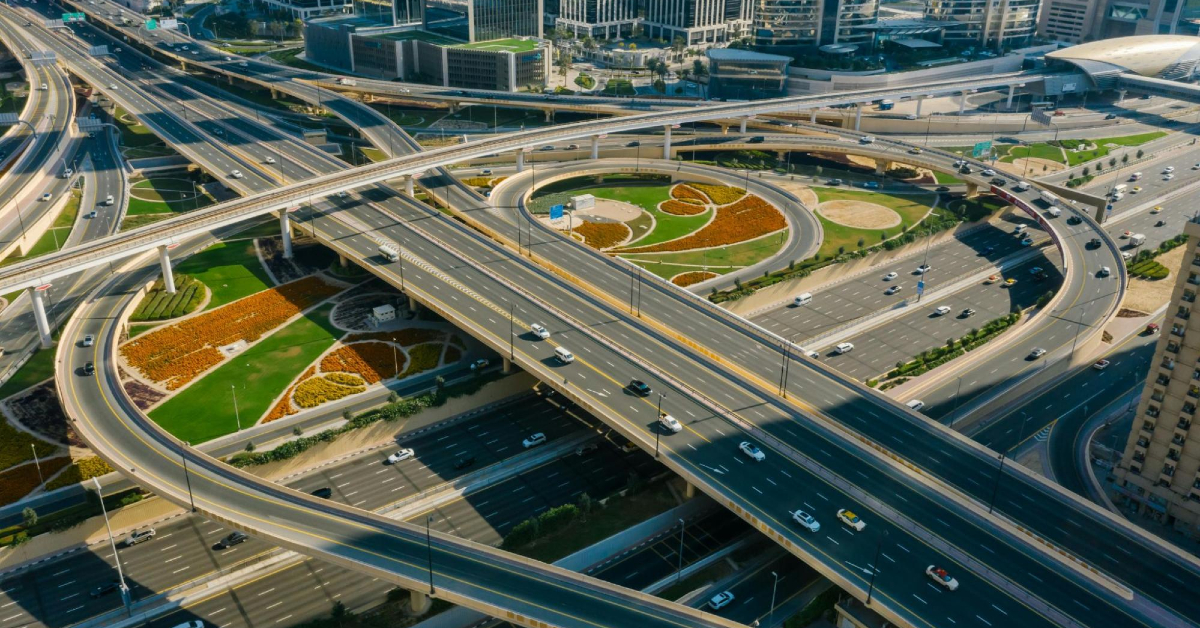
Why infrastructure fuels the growth of Dubai properties
Dubai sees infrastructure as the backbone of real estate success. Roads, railways, smart utilities, and lifestyle amenities are key drivers of where property demand surges.
- Transport links: Homes within 500 metres of metro stations lease nearly two weeks faster and can appreciate by 22-30%.
- Airport access: Short-term rentals around DXB and DWC are in high demand, often fetching up to 12% more in rent.
- Schools and hospitals: Family homes near top schools and hospitals are priced 18-20% higher on average.
- Lifestyle facilities: Parks, beaches, and community centres boost property values by 10-18%.
The city also offers almost 100% DEWA uptime, 5G coverage, and integration of e-government services. This combination supports the city’s liveability and steady property demand.
Major projects transforming the city in 2025
In 2025, several ambitious infrastructure projects are set to reshape Dubai. These include:
- Freight networks
- Metro expansions
- Industrial districts
- Airports
- Bridges
These projects will not only improve mobility but also significantly impact property values.
| Project | 2025 milestone | Price outlook |
| Metro Blue Line (30 km) | Station installations underway | +18% to 24% growth in Dubai Creek Harbour and International City |
| Route 2020 Phase II | Links Expo City with Academic City | +50% in The Pulse, Dubai South (2024–26) |
| Etihad Rail Freight Loop | Connects to Jebel Ali Port | +38% industrial land growth in Dubai Industrial City |
| DWC Mega Terminal | Expands passenger capacity to 120M | +28% YoY growth in warehousing within Logistics City |
| Al Khail & Umm Suqeim Bridges | Road upgrades | +25% in District One Villas |
| Dubai Urban Tech District | 4,000 jobs in Phase 1 | +10% for studios compared to Deira |
High-growth neighbourhoods tied to infrastructure
Some communities are already seeing the upside of infrastructure investments that will be completed by 2025.
These include:
- Dubai South (The Pulse): With developments along the Blue Line and DWC, prices may rise from 1,100 AED to 1,650 AED per sq. ft. between 2024 and 2026.
- Al Ghadeer (Abu Dhabi border): Prices are expected to increase by 30% due to the development of the Etihad Rail station.
- Business Bay Waterfront: Metro extension and DIFC Phase 2 will result in a 26% increase in rates, reaching 3,400 AED per sq. ft.
- JVC and Meydan One: Road bridges and retail hubs are forecast to see a 22% increase.
- Dubai Creek Harbour: Due to the Metro Blue Line and Tech District, expect a 30% jump by 2026.
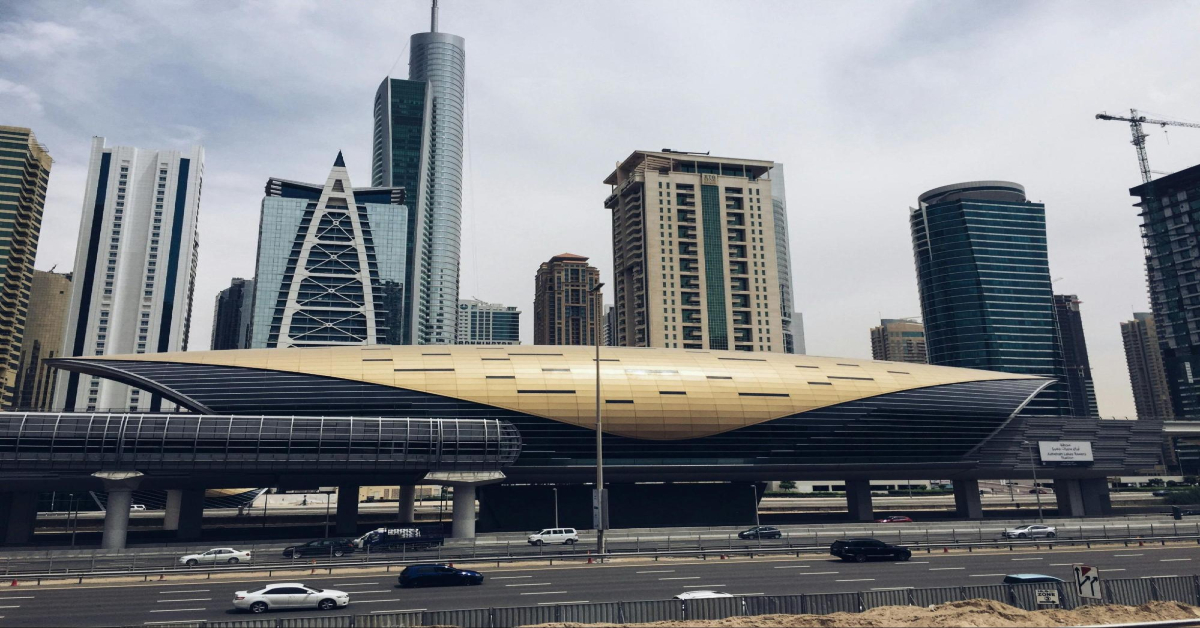
Economic and lifestyle benefits boost demand
Dubai’s ongoing infrastructure upgrades not only enhance mobility and convenience but also create ripple effects across the economy. As new facilities emerge, investors and residents alike find stronger reasons to buy and stay.
1. No interruption transport
Dubai’s metro network currently encompasses 89 km, with an additional 30 km in the pipeline. The average time per journey is 30% shorter compared to global megacities. Homes close to the new stations will offer stronger yields and capital growth.
2. Airport connectivity
In 2023, DXB handled 86.9 million passengers. However, DWC is targeting 120 million passengers by 2030.
Properties within 15 minutes of either of these airports will experience strong demand, driven by airline staff and short-term visitors.
3. Healthcare and education
With more than 40 top-rated Dubai schools and hospitals like King’s College Hospital and the Cleveland Clinic, areas like Dubai Hills and Academic City lease almost a month ahead of other areas.
4. Lifestyle infrastructure
More than 3,000 parks, 1,200 km of cycling tracks, and beaches like JBR and Kite Beach are in Dubai. Communities such as Tilal Al Ghaf and Creek Harbour experience steady annual appreciation of 6-8%, even during slowdowns in other areas of the world.
5. Visionary mega projects
Iconic developments like Palm Jebel Ali, Burj Jumeirah, and Dubai Islands operate on the infrastructure-first philosophy. The protocol is to build roads first, followed by schools, transport, and towers to ensure that property values retain their stability and appreciate.
Investment strategies for maximising returns
| Entry phase | Completion | Asset type | Strategy | Expected gains |
| Early planning | Four to six years | Off-plan plots (e.g., Al Sajaa) | Land banking | 35-45% |
| Mid-construction | One to three years | Apartments near metro (e.g., Blue Line) | Buy-to-let, hold | 15-25% |
| Pre-handover | Zero to one year | Ready units | Flip on launch | 8-12% |
| Yield hold | Any time | Studios in JLT, DIFC; warehouses in JAFZA | Rental focus | 8-10% annually |
Due diligence tips for investors
- Avoid areas where projects experience delays for more than 18 months
- Confirm full government budget allocation
- Look out for DEWA outages. Two outages a year are signs of risk.
- Give preference to mixed-use zones for a potential extra 2% appreciation
- Prioritise properties within 500m of metro or rail hubs
- Choose green-certified buildings; LEED Gold assets command a 9% rent premium and up to 96% occupancy
How infrastructure shapes long-term property value
Infrastructure sets the stage for long-term growth beyond the daily whirlwind of short-term trends. Mega projects such as Dubai Creek Harbour, Mohammed Bin Rashid City, and Expo City are designed with extensive planning in transport, retail, and education. These developments follow the Dubai 2040 Master Plan to ensure sustainability and multiplicity of use.
Smart infrastructure further strengthens property value. Energy-efficient townships, such as Sustainable City, currently offer residents 50% utility savings while maintaining high property demand.
Explore the available Properties for sale in Dubai
-
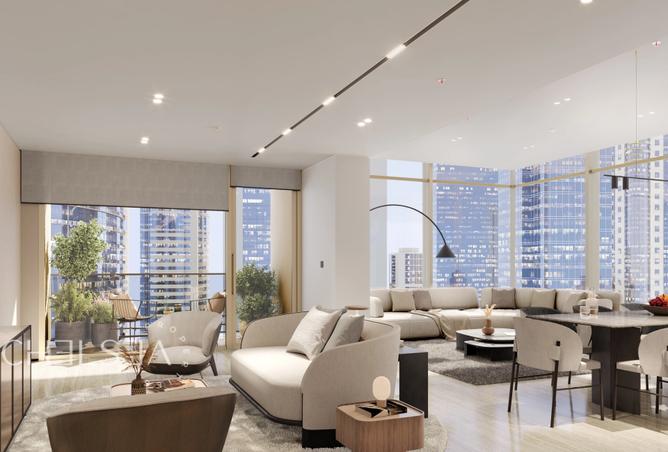
Apartment
Listed 11 hours ago
15,000,000 AED
BEST DEAL | EXCLUSIVE | INVESTMENT OPPORTUNITY
DIFC Living, DIFC, Dubai
3
4
2,210 sqft
-
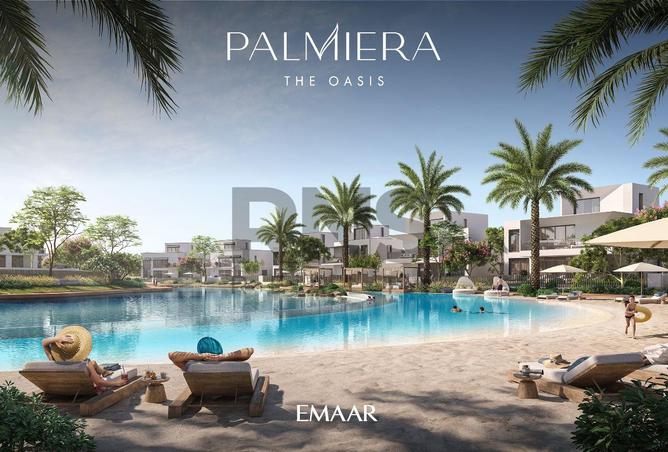
Villa
Listed 12 hours ago
10,000,000 AED
Best Price | Genuine Listing | Call for Site Visit
Palmiera 3, The Oasis by Emaar, Dubai
4
4
8,792 sqft
-
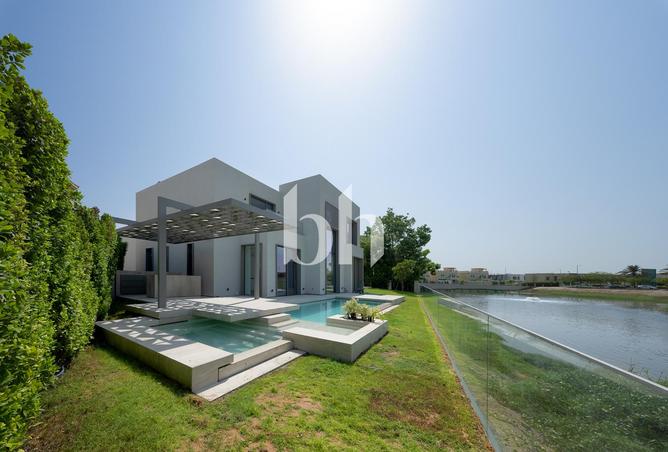
Villa
Listed 12 hours ago
28,900,000 AED
Exclusive | Fully upgraded | Luxury Villa
Entertainment Foyer, Oasis Clusters, Jumeirah Islands, Dubai
4
5
5,350 sqft
-
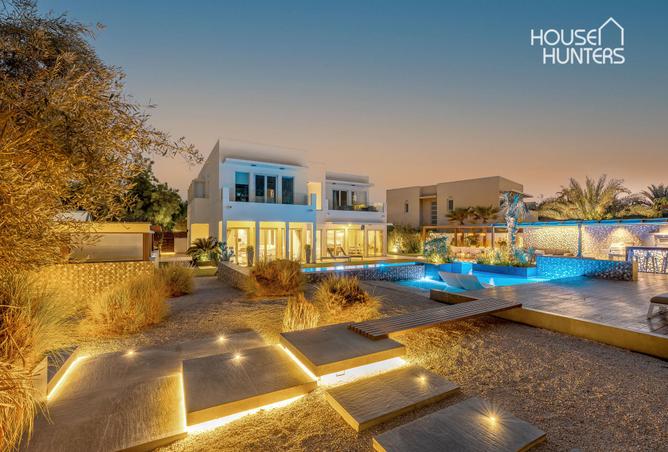
Villa
Listed 10 hours ago
19,500,000 AED
Exclusive|Enormous corner plot|Fully renovated
Saheel, Arabian Ranches, Dubai
5
5
15,630 sqft
-
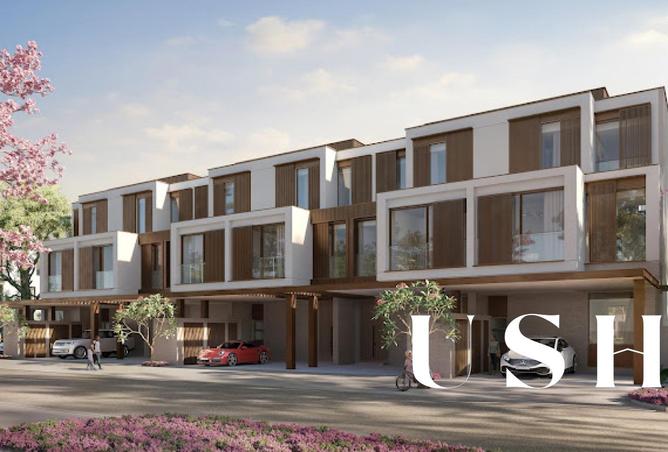
Townhouse
Listed 9 hours ago
6,300,000 AED
Geuine Resale | Single Row | G+2 TH | With Lift
Nad Al Sheba Gardens 4, Nad Al Sheba 1, Nad Al Sheba, Dubai
3
4
3,382 sqft
-
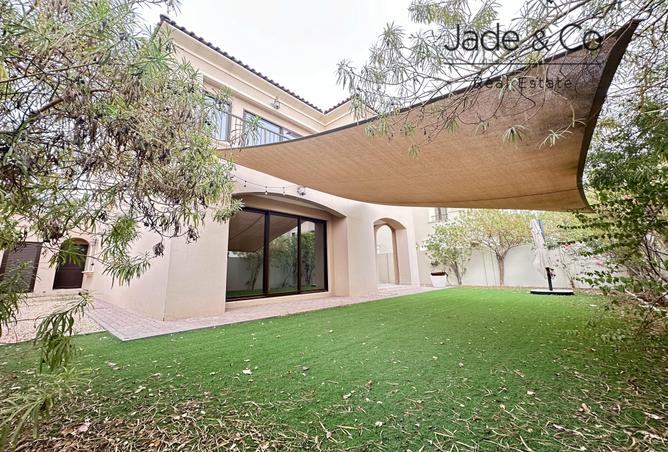
Villa
Listed 15 hours ago
6,999,999 AED
Community Expert | Quite Location | Type 2
Samara, Arabian Ranches 2, Dubai
4
4
3,225 sqft
-
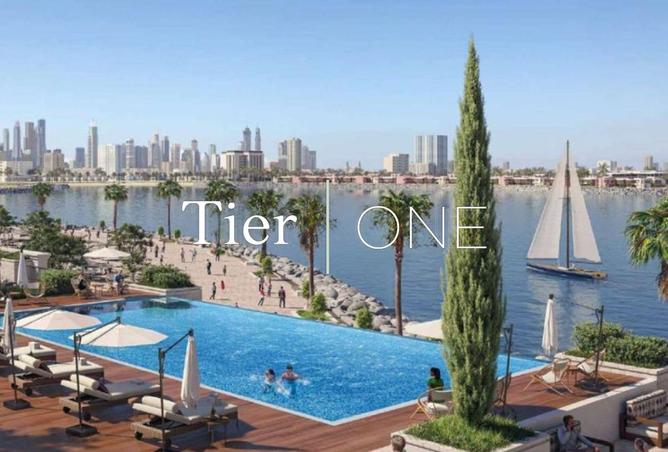
Apartment
Listed 17 hours ago
2,450,000 AED
1BR TOP FLOOR | PARTIAL SKYLINE AND COURYARD VIEW
Le Ciel, La Mer, Jumeirah, Dubai
1
1
799 sqft
-
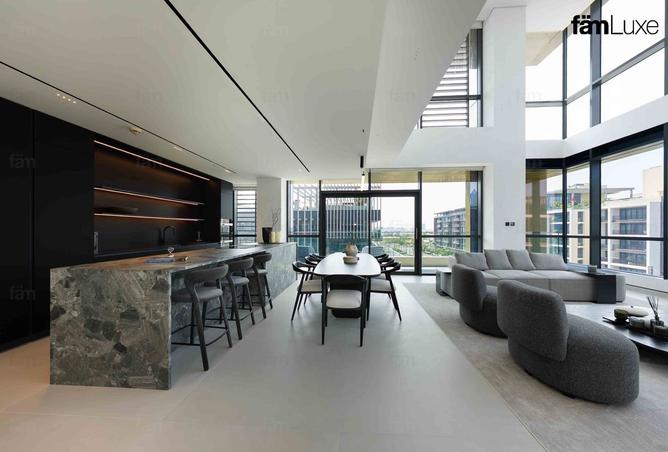
Apartment
Listed 16 hours ago
19,600,000 AED
Unique Duplex | Vacant and Ready | Corner | Resale
City Walk Residential Building 6B, City Walk Residential, City Walk, Dubai
4
5
3,483 sqft
-
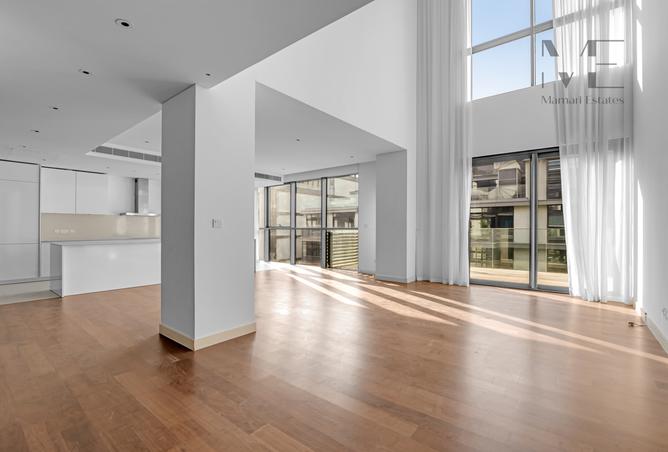
Duplex
Listed 17 hours ago
10,500,000 AED
Best-Priced 4BR Duplex | 3 Parkings | Pool View
City Walk Residential Building 9, City Walk Residential, City Walk, Dubai
4
5
2,935 sqft
-
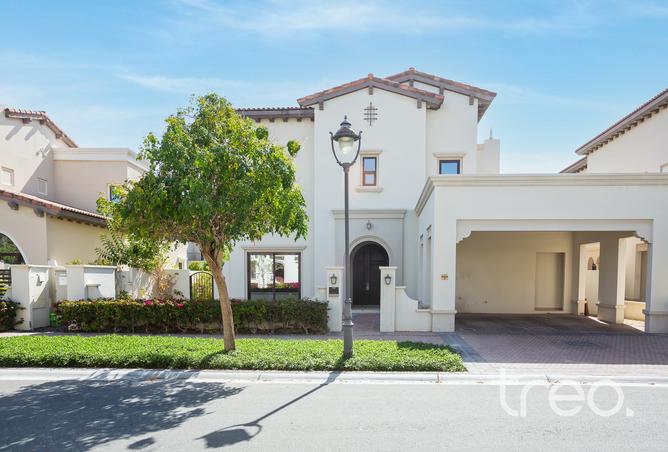
Villa
Listed 18 hours ago
9,499,999 AED
Exclusive | Internal and Quiet | Type 1
Rasha, Arabian Ranches 2, Dubai
4
4
4,309 sqft
Lifestyle factors impacting buyer preferences
People want more than just a home; they want a community. Having a park, gym, hospital, and school in the vicinity ensures long-term stays in a neighbourhood. Buyers are willing to pay 10-15% more for such integrated developments.
Some good examples are:
- Dubai Hills Estate, which has a mall and healthcare facilities
- Arabian Ranches with excellent amenities for families
- Mirdif, which offers affordable living coupled with good infrastructure
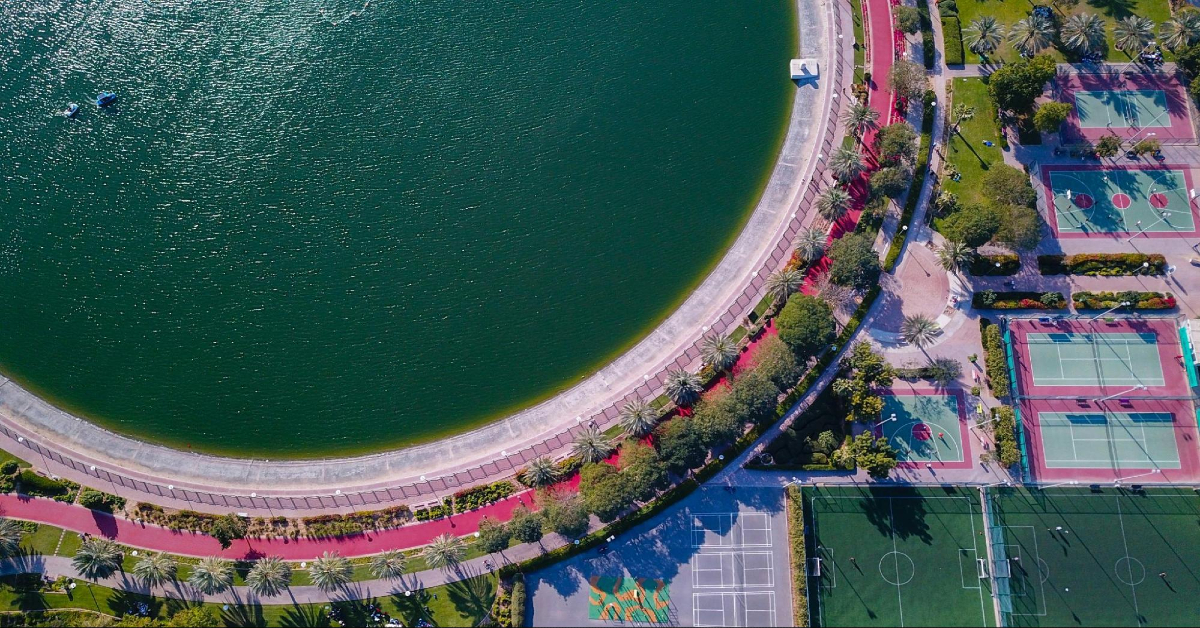
Off-plan property growth
Approximately 60% of launches in 2024 are off-plan. Most of these are linked to infrastructure rollouts.
- Metro expansions in JVC and Dubailand will cut commute times, increasing rental demand and values
- Dubai South is adding hospitals and schools, making it family-friendly
- Community retail hubs are under construction, boosting convenience and appeal
Investors holding onto their investments for three to five years can expect a capital appreciation of approximately 15-25% once infrastructure is activated.
Explore the Available Off-plan projects in Dubai
-
Rosehill by Emaar
Dubai, Dubai Hills Estate, Rosehill
1, 2 and 3 bedrooms
From: AED 1,620,000 Down payment: 10%
Altan
Dubai, Dubai Creek Harbour (The Lagoons), Altan
1, 2 and 3 bedrooms
From: AED 1,820,000 Down payment: 10%
Farm Gardens Phase 3 by Emaar
Dubai, The Valley
4 and 5 bedrooms
The Alba Residences Dorchester Collection
Dubai, Palm Jumeirah, THE Alba Residences by Omniyat
3 and 4 bedrooms
From: AED 44,000,000 Down payment: 5%
Albero
Dubai, Dubai Creek Harbour (The Lagoons), Albero by Emaar
1, 2 and 3 bedrooms
From: AED 1,820,000 Down payment: 10%
Palm Central Private Residences
Dubai, Palm Jebel Ali
1, 2, 3, 4 and 5 bedrooms
From: AED 2,500,000 Down payment: 20%
Samana Hills South Phase 3
Dubai, Dubai Industrial City, Samana Hills South
1 and 2 bedrooms
From: AED 987,778 Down payment: 20%
The Tranquil
Dubai, Sheikh Zayed Road, Sobha Central
1 and 2 bedrooms
From: AED 1,475,000 Down payment: 20%
Azizi Leily
Dubai, Al Jaddaf
1, 2, 3 and 4 bedrooms
Down payment: 10%
Considerations and challenges
While infrastructure signals strong growth, oversupply in some districts could slow short-term returns. Always work with RERA-approved agents and do your homework on the developer.
Projects lacking amenities may see limited resale value. A holding period of at least 3-5 years is often needed to maximise gains.
Government policies supporting infrastructure-led investment
Infrastructural development is guided by a series of strategic frameworks, such as:
- Dubai 2040 Urban Master Plan
- Smart Dubai 2025 Roadmap
- Sustainability Strategy 2030
These ensure:
- Land use is well-structured
- Housing options remain diverse
- Environmental standards are met
The government’s focus on smart building codes, mixed-use zones, and tax-free areas helps attract foreign capital while minimising speculative risks.
Key takeaways
Infrastructure is the bedrock of Dubai’s property market. From metro lines to mega airports and lifestyle hubs, each project adds to real estate value. With government-backed plans promoting sustainability and liveability, investors who align with emerging infrastructure zones position themselves for 22–35% gains in the coming years.
FAQs
Why is Dubai’s infrastructure so important for property investors?Transport, utilities, and community facilities directly increase demand and rental yields. So, the properties become more profitable.
Which Dubai infrastructure projects of 2025 will affect the real estate the most?The top projects include the Metro Blue Line, Etihad Rail integration, the Al Maktoum Airport expansion, and major road improvements.
Can foreign investors buy properties in Dubai near new infrastructure sites?Yes, foreigners can buy freehold properties in designated zones. Many of these align with new infrastructure sites.
How do metro stations affect property prices in Dubai?Homes within 500m of a metro station lease faster and gain 20–30% more in value than those further away.
Which risks should investors watch out for?Key risks to watch out for include project delays, oversupply in certain areas, and inexperienced or unreliable developers.
Share
